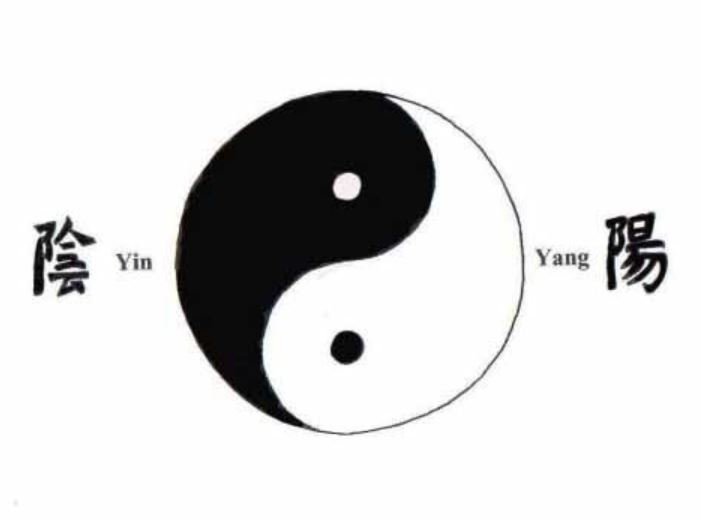cementaries
in China, Korea, and Sweden
CHINA
Chinese Cemeteries and Ming Tomb
Background of
Chinese Cemeteries
- Bodies should be buried under the ground
- Imperial cemeteries always build high artificial hills or just use natural mountain as tombs
- From Underground Palace to Overground Palace
- Imperial cemeteries’ layout always based on FengShui and YinYang
Reasons
-
Influenced by Daoism, people in ancient thought they began from nature so after they dead they should back to the nature.
- They though death is not the end of life. There is another world after they died.
- Another reason is that they wanted descendants to know their great jobs.
Ming Tomb

MING Tomb covers an area of 40 square kilometers with 13 Ming emperors, 23 empresses, many imperial concubines, princes and princesses buried there. It started from 1368 to 1644, lasting 276 years.

OVERGROUND PALACE OF CHANG LING (長陵)
Changling is the tomb of the 3rd Ming Emperor Yongle's tomb. It is the head tomb of the thirteen Ming Tombs and the largest tomb of them all, and it is also the best-preserved one in this tomb area.
UNDERGROUND PALACE OF DING LING (定陵)

Text
Text
Dingling is the tomb of Emperor Zhu Yijun, whose reign title is Wan Li, the 13th Emperor of the Ming Dynasty.
Underground Palace of Dingling is the only one of the thirteen Ming Tombs excavated so far.
KOREA
Joseon Tombs and Jongmyo shrine
조선왕릉과 종묘
Joseon dynasty tombs
1392 - 1897 AD

The tomb of first King of Joseon Dynasty
The tomb of 24th King of Joseon Dynasty

sIMILARITIES(1/2)
1. Fundamental Value
-> Confucian and geomantic traditions(Feng Shui)


Yin and Yang
Feng Shui
sIMILARITIES(2/2)
2. Security for the burial gifts
-> There were a lot of burial gifts in the tombs. The chinese and korean governments strengthened security.
Ming Emperor's Chair

Burial gifts of Joseon tombs

differences(1/2)
1. The design
- Ming : Underground palace.
- Joseon : Tumulus.
Ming tombs

The tomb of 4th King in the Joseon Dynasty

differences(2/2)
2. Memorial Service
- Ming : not
- Joseon : Korean people hold memorial service for the dead Kings. And even today, they also do memorial service in front of the tomb every year.

Keon-Won tomb Ritual
jONGMYO SHRINE(1/2)
Jongmyo is a Confucian shrine dedicated to the perpetuation of memorial services for the deceased kings and queens of the Korean Joseon Dynasty.

Jongmyo Shrine
jONGMYO SHRINE(2/2)
Ritual ceremonies linking music, song and dance still take place there, perpetuating a tradition that goes back to the 14th century.


Dance
Music
Cultural significance

- Historically : Memorial Service of long-standing.
- Asthetically : Unique design of the sculptures around the tomb.
- Socially : People can learn and feel our ancestor's life.
Sculptures around the tomb
SWEDEN
skogskyrkogården
The woodland cementary
Christianization of Sweden
800-1000 AD


pre christian stone ship (1100-500 BC)
cementary next to tumulus
Summer Hymn
melody 1675 / lyrics 1889
Fair greenery adorn the earth, the wind delights the flourishing fields.
And the sun's rays, and a whisper the in the grove, and the waving willows
announce the coming of summer.
-
Esteemed you are, our god, who created all this, so beautiful in the summer's moment.
Flesh perishes and the flowers die,
with time the temporal passes,
and all but the word of the lord remains.
Landscape
Woodland cementary (1917-1940)


woodland cementary, sweden

normandy, france
Architectue
Woodland cementary (1917-1940)




cultural significance



to exhibit an important interchange of human values, over a span of time or within a cultural area of the world, on developments in architecture or technology, monumental arts, town-planning or landscape design;
to be an outstanding example of a type of building, architectural or technological ensemble or landscape which illustrates (a) significant stage(s) in human history;
Comparison
- Cremation
- Burial gifts
- Layout
- Monumentalism
Chinese |
Korean |
Swedish |
|
|
Why is this form of cultural heritage significant in terms of its historical/aesthetic/social value, as seen in the example(s) you cite? (Socially: cementary) |
Historically: A typical example of Chinese imperial cemeteries. Aesthetically: Layout based on FengShui; Buliding bsased on imperial palace. Socially: Educational significance; Economic Value |
History: memorial service of long-standing Aesthetically: unique design of sculptures around the tomb. |
History: WWII; population growth Aesthetically: Reflecting Nordic early 20th century ideals, lost time in modern perspective (WWII) |
|
Challenges in protecting/promoting this heritage; Managing such problems? |
Before: People should protect it from being robbed Now: Keep a balance between sightseeing and protection |
Waning popular interest in ritual ceremonies(memorial services) |
Need for expansion affecting architecture, nature, religous symbols |
Thank you
Questions?
Copy of lovisa + lina + jesse (23/07/15)
By jessejoker
Copy of lovisa + lina + jesse (23/07/15)
chinese culture and society singapore july 2015
- 697



